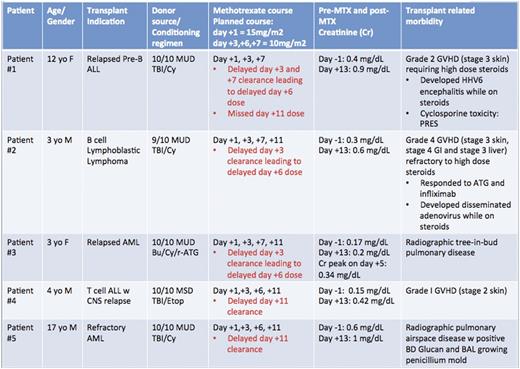Abstract
Pediatric patients with hematologic malignancies undergoing allogeneic hematopoietic stem cell transplantation (aHSCT) comprise a patient cohort at highest risk of developing disseminated fungal infections. Invasive aspergillosis post-HSCT is associated with unacceptably high mortality in pediatric patients with overall survival of only 15-34%. Hospital construction and excavation further potentiate the risk of fungal related morbidity and mortality in the post-HSCT setting. The current standard of care for anti-fungal prophylaxis for children undergoing aHSCT is the use of triazoles. However, 40% of healthcare associated mold infections in pediatric leukemia patients exposed to hospital construction are historically resistant to voriconazole. Methods to optimize prevention of fungal infections in this high-risk population are critical to improving pediatric aHSCT survival outcomes.
We hypothesized that pre-emptive ambisome prophylaxis would be tolerated in the post-HSCT setting and would decrease the incidence of voriconazole resistant healthcare-associated fungal infections and resultant morbidity. We explored the use of intermediate dose daily ambisome (3mg/kg/day) as fungal prophylaxis in 5 patients with hematologic malignancies (2=ALL, 2=AML, 1=Lymphoblastic lymphoma) undergoing allogeneic stem cell transplantation in proximity to construction and excavation. Patient demographics, disease, donor source, conditioning regimen, methotrexate course and transplant related morbidity are shown in table 1.
We found that 5 of 5 patients experienced delayed clearance of low dose methotrexate (MTX). This delayed clearance resulted in delayed methotrexate dosing in 3 of 5 patients and a missed methotrexate dose in 1 patient who subsequently developed GVHD and complications from high dose steroids. 4 of 5 patients experienced acute kidney injury (AKI), demonstrated by doubling of the pre-HSCT creatinine value following MTX administration. This identified creatinine elevation is increased as compared to historical controls receiving standard anti-fungal prophylaxis with azole agents.
It has been described that AKI delays the clearance of high dose methotrexate. Here, we demonstrate that intermediate doses of daily ambisome following allogeneic HSCT is associated with AKI and delayed clearance of low doses of methotrexate used for GVHD prophylaxis in pediatric patients. Delayed methotrexate clearance was associated with development of morbidity including inadequate GVHD prophylaxis and possible resultant development of GVHD. Combined ambisome and low dose MTX is associated with AKI and delayed MTX clearance and thus is a constrained strategy for prevention of invasive fungal disease in the post-HSCT pediatric setting. The implication of these finding can be extrapolated beyond the construction setting implying cautious use of intermediate dose ambisome prophylaxis in combination with low dose MTX GVHD prophylaxis in pediatric patients post aHSCT.
Porteus:CRISPR Therapeutics: Consultancy, Equity Ownership.
Author notes
Asterisk with author names denotes non-ASH members.


This feature is available to Subscribers Only
Sign In or Create an Account Close Modal